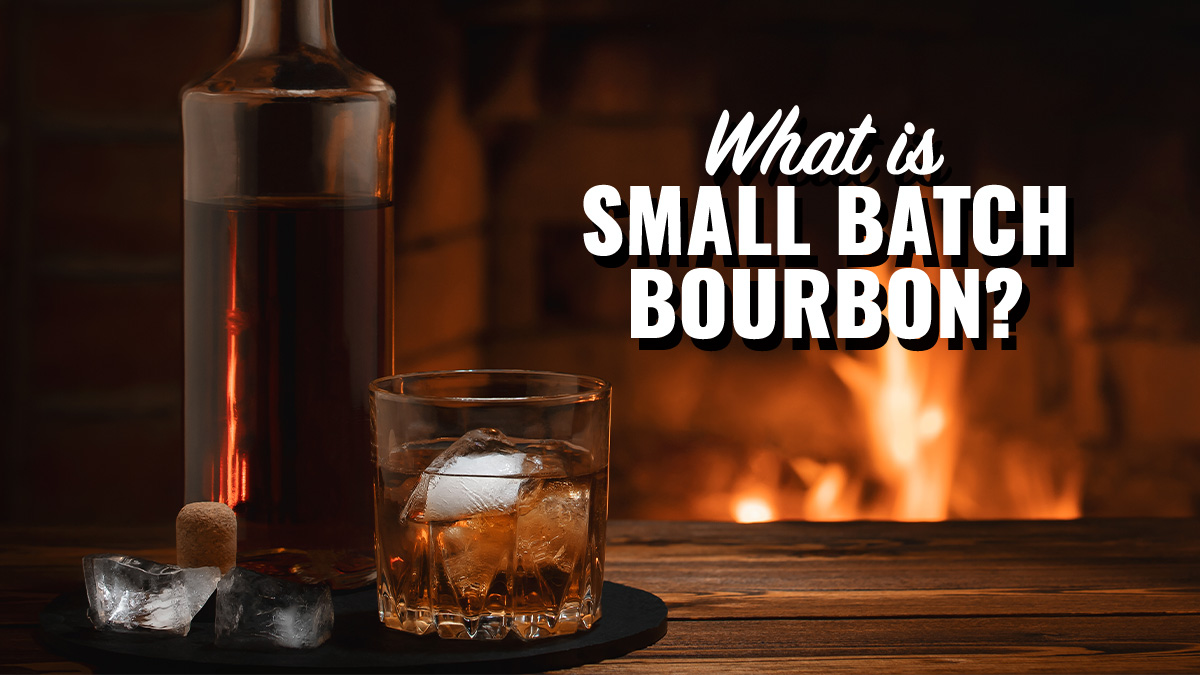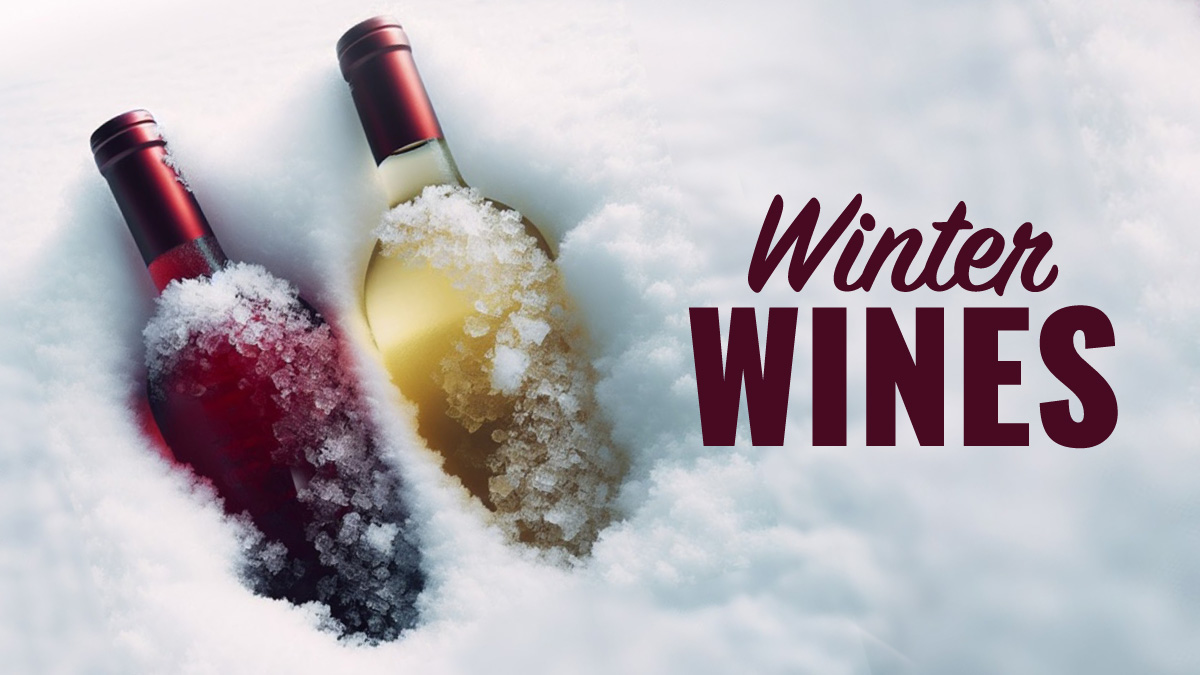
Wine stewards and connoisseurs have their own unique vocabulary—which can often sound like spy code to the outsider. Not to worry! Here’s a glossary of the most commonly used wine terms. Brush up on these, and you’ll be able to rub elbows with the pros at your next tasting session or impress your dinner date.
Wine Terms Glossary
Acidity — the liveliness and crispness of wine, often stimulating your salivary glands
Aeration — the addition of oxygen to round out and soften a wine
Appellation — a delineated wine producing region particular to France
aroma or bouquet — The smell of a wine; bouquet applies particularly to the aroma of older wines. Some aromas associated with wines include fruits, herbs, flowers, earth, grass, tobacco, butterscotch, toast, vanilla, mocha, and chocolate.
Astringent — tasting term for the strong bitter, and drying sensations in the mouth caused by high levels of tannin
Balance — when the elements of wine – acids, sugars, tannins, and alcohol – come together harmoniously
Body — The weight of a wine in your mouth, this is typically conditional to a wine’s alcohol. You can classify a wine as light-bodied, medium-bodied, or full-bodied.
Bordeaux — the renowned wine making region in Southwest France, (Example: Chateau de Lavagnac)
Bouquet — complex aromas in aged wines
Breathing — exposing wine to oxygen to bring out the flavor
Brilliant — a tasting note for wines that look sparkling clear
Brut — French term for dry champagnes or sparkling wines
Claret — the name the English use when referring to the red wines of Bordeaux
Closed — underdeveloped, young wine with flavors that are not being brought out well
Corked / cork taint — when a wine is described as “corked” it refers to the presence of “cork taint”; a pungent aroma associated with wet cardboard or moldy basements
Crush — English term for harvest
Cuvée — in Champagne, a blended batch of wine. (Example: Bollinger Special)
demi-sec — French term meaning “half-dry”, often describing a sweet sparkling wine
Dry — a taste sensation referring to tannins and causing puckering sensations in the mouth; the opposite of sweet
Earthy — an odor or flavor reminiscent of damp soil
Enology (oenology) — the science of winemaking
Fermentation — the conversion of grape sugars to alcohol by yeast
Fining — the addition of egg whites or gelatin (among other things) to clear the wine of unwanted particles
Finish — the impression of textures and flavors lingering in the mouth after swallowing the wine
Foxy — a term that describes the musty odor and flavor of wines made from vitis labrusca, a common North American varietal
Fruity — Not the same as ‘sweetness’, it means the presence of fruit in taste and smell. To clarify, you smell the fruitiness with your nose; in your mouth, you “smell” it through your retronasal passage.
Herbaceous — a tasting term, refers to odors and flavors of fresh herbs (e.g., basil, oregano etc.)
Hot — high in alcohol
Length — the amount of time that wine flavors linger in the mouth after swallowing
Mature — ready to drink
Mouth-feel — how a wine feels on the palate; it can be rough, smooth, velvety, or furry
Must — unfermented grape juice including seeds, skins, and stems
Nose — a tasting term describing the aromas and bouquets of a wine
Oak/oaky — tasting term denoting smells and flavors of vanilla, baking spices, coconut, mocha or dill caused by barrel-aging
Open — tasting term signifying a wine that is ready to drink
Oxidation — wine exposed to air that has undergone a chemical change
Plonk — derogatory British slang word that refers to cheap wine (in price and taste)
Rough — the tactile “coarse” sensation one experiences with very astringent wines
Sec — French for “dry”
Spicy — odors and flavors reminiscent of spices found in wine (not spicy-hot)
Structure — a harmony of fruit, alcohol, acidity, and tannins
Sweet — smell and taste of sugar content
Tannins — the phenolic (acid) compounds in wines that leave a bitter, dry, and puckery feeling in the mouth
Texture — how wine feels on the palate
Typicity — describes how well a wine captures the qualities typical of its varietal
Vegetal — tasting term for characteristics of fresh or cooked vegetables detected on the nose and in the flavor of the wine
Vinification — the process of making wine
Vinology — the scientific study of wines and winemaking
Vintage — the year a wine is bottled. Also, the output (aka ‘yield’) of wine from a vineyard during a season
Weight — similar to “body”, the sensation when a wine feels thick or rich on the palate
Yield — the productivity of a vineyard
Young — an immature wine that is usually bottled and sold within a year of its vintage. Wines that are meant to be drunk young are typically lively and crisp.
That’s it for now! Just remember, you don’t have to talk like a sommelier to drink like one. If you want a great wine recommendation from some of the most knowledgeable ‘cork dorks’ out there— stop by your local Spec’s and ask the friendly staff.
Cheers!




